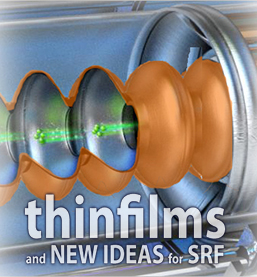Speaker
Description
It is known that any field requires Its own preparation protocol for a successful result. Same for particle accelerator industry, that are working in nuclear and high-energy physics research. It is important to have more and more efficient superconducting radio frequency (SRF) cavities, which performance is highly depended on substrate preparation. Niobium cavities became a standard choice for the SRF field approaching a theoretical limit of accelerating field, other solutions are also known, such as a magnetron sputtering of the superconducting layer onto copper cavities. All those solutions require similar protocol in cleaning, and different treatment chemistry. Currently the best results are only achieved with electropolishing (EP) technique. Harsh and non-environmentally friendly solutions are typically used: HF and H2SO4 mixture for Nb, and H3PO4 with n-Butanol mixtures for EP of Cu.
Our research is dedicated to an application of recent and promising technology – plasma electrolytic polishing (PEP) on cavity for SRF. PEP is a technology, that is similar to EP, it uses low-concentrated solutions, higher voltages, and provide higher removing rates. It is also claimed to achieve lower roughness. It can substitute several steps, such as mechanical and/or (electro)chemical polishing, degreasing in a one single treatment. In the study it was developed and studied various solutions for Cu and Nb polishing and was conducted attempts to polish 6 GHz cavities.

